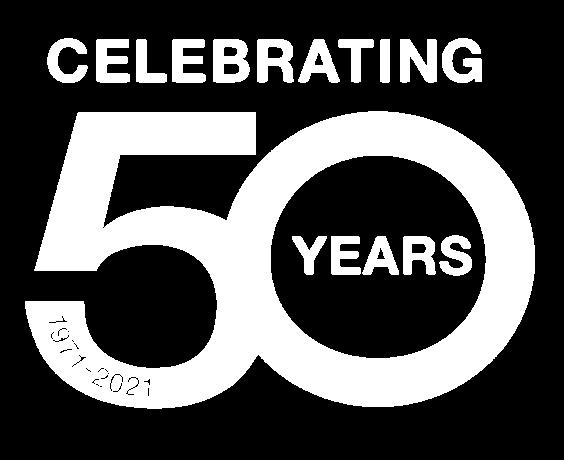
2 minute read
The Need for Speed Trains as cool and fast as ICE
The new ICE 3neo made its inaugural trip with passengers between Frankfurt/Main and Cologne in Germany.
Partners Deutsche Bahn (DB) and manufacturer Siemens Mobility succeeded in getting the train up and running in record time. Despite pandemic-related restrictions and disrupted supply chains worldwide, the inaugural passenger trip took place just two and a half years after the train was ordered in July 2020.
With this investment, DB is further rejuvenating and expanding its longdistance fleet.
By 2029, DB will have invested €10 billion in new trains, including 73 ICE 3neos.
With a top speed of 300 kilometres per hour, the ICE 3neo is an important factor in DB’s planned nation-wide synchronised timetable.
By providing 32,000 additional seats by 2029, the train will help meet the seating capacity needed for expected passenger growth.
DB Board Member for Long Distance Passenger Transport, Michael Peterson, said DB and Siemens “have delivered right on time”.
“Just two and a half years have passed between the contract signing and the train’s inaugural passenger service,” he said.
“ICE procurement procedures generally take twice as long. The new ICE will delight our passengers with a new level of comfort and improved technology.”
Parliamentary State Secretary to the Federal Minister for Digital and Transport, Michael Theurer, said the new ICE stood for progress on the rails – fast, digital, barrier-free.

“Initially here between Frankfurt and
Cologne, soon throughout Germany,” he said. “The 73 new trains with their 32,000 additional seats will make a major contribution to implementing the nation-wide synchronised timetable.
“This will bring us another step closer to our goal of doubling the number of rail passengers over the next eight years.”
Siemens Mobility chief executive Michael Peter said together with Deutsche Bahn, the company was accelerating the transport transition in record time.
“Siemens Mobility has never delivered a new ICE train so fast,” he said.

“This success was primarily possible thanks to the outstanding cooperation with DB, but also because the ICE 3neo is based on our proven Velaro platform.
“Even though we built and delivered the train in record time, we were able to incorporate many innovations in the train’s interior that will further enhance passenger comfort.”

Passengers are now able to use the train in regular service between Dortmund, Cologne and Frankfurt/Main, and all the way to Munich via the new Wendlingen–Ulm high-speed route.
DB will gradually expand the scope of the train’s operation with the delivery of further trains. As of 2024, the ICE 3neo will also operate on international routes to Belgium and the Netherlands.
With space for eight bicycles on each train, the new ICE will be the first high-speed train to transport them at speeds up to 300 km/h. New reservation displays with colored LED lights show all reserved and free seats at a glance.
In addition, the ICE 3neo has specially developed windowpanes ensuring stable mobile phone reception, lighting that varies according to the time of day, and power sockets and pad holders at every seat.
One completely new development is the train’s robust, easy-to-use lift installed at a door reserved exclusively for passengers in wheelchairs.
DB also trained around 4000 employees to handle on-board service, maintenance, and driving in record time – a prerequisite for the speedy commissioning of the ICE 3neo.











